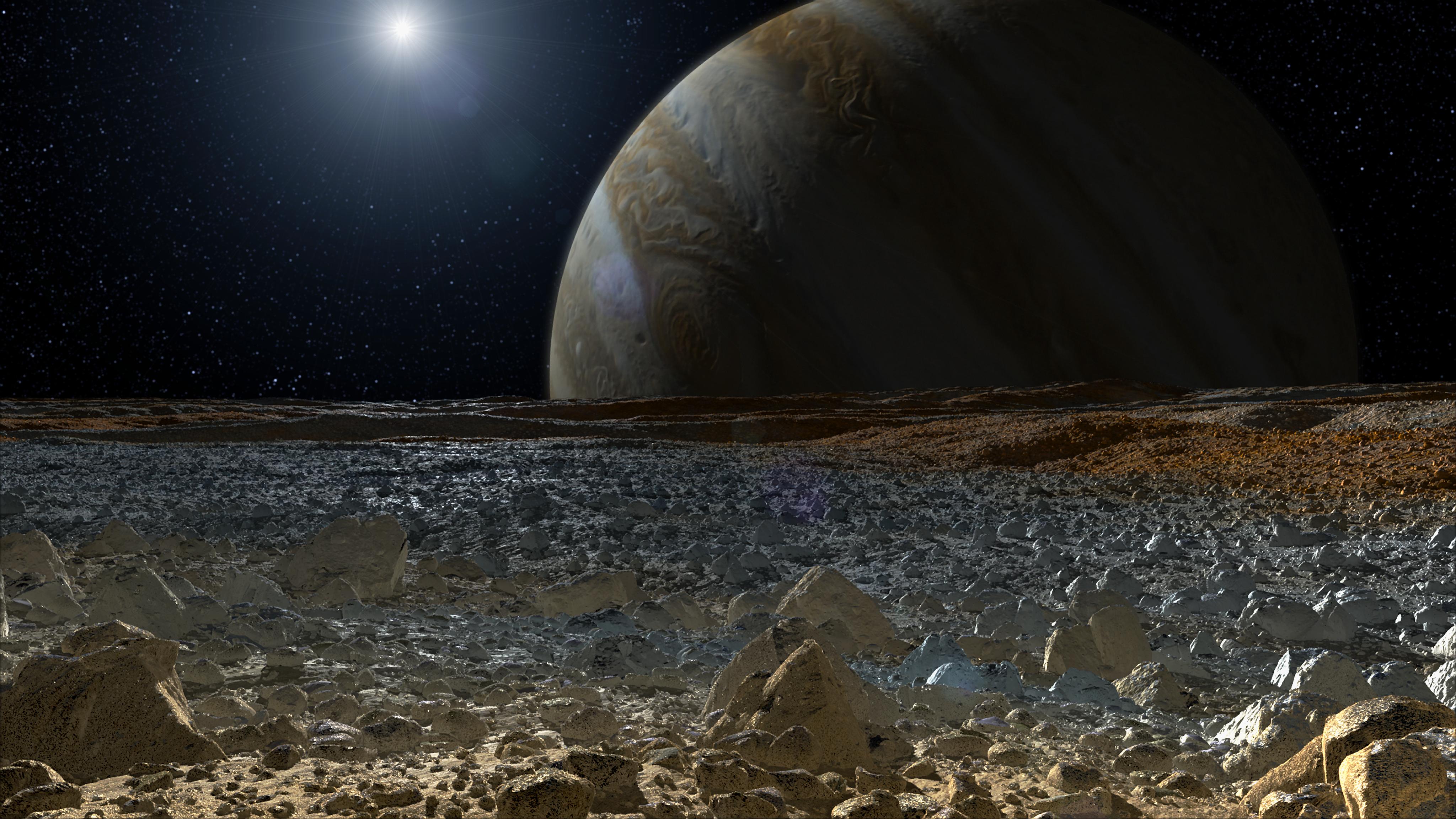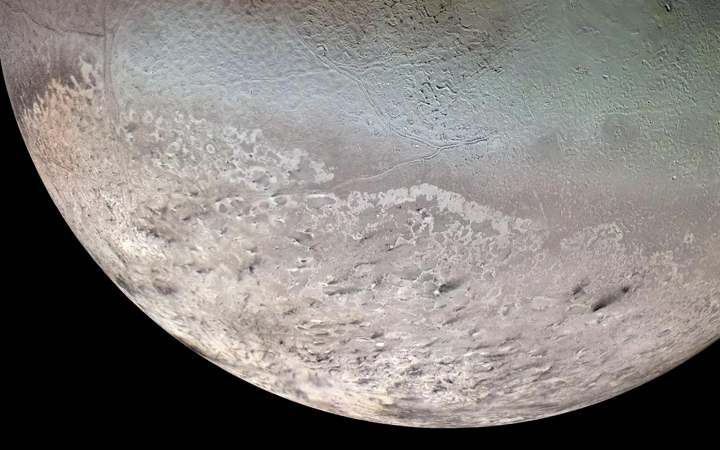Astrobiology Students Use Art to Develop Critical Thinking Skills

Consider the process that goes into creating a painting — the attention to detail, the need to interpret the world around you. A scientist goes about his or her work using many of the same skills, says microbiologist Jamie Foster.
Foster, who teaches astrobiology at the University of Florida, is trying to figure out how to help her undergraduate students think more critically about the information with which they are presented. For her, a simple answer is starting with a description of an artist's illustration of a scientific concept.
“I think of the astrobiology class as an umbrella. I use that course as a way for the students to build their professional development skills,” Foster said of her course, which is aimed at junior and senior undergraduate students in the sciences. [Alien Life, Landscapes and the Art of Space (Gallery)]
Foster's research was recently published in the journal Astrobiology in the paper, “Developing the Critical Thinking Skills of Astrobiology Students through Creative and Scientific Inquiry.” Her co-author, Judith Lemus, is a professor at the University of Hawaii.
Cognitive dissonance
Foster's first critical thinking tool is cognitive dissonance, which means two conflicting ideas that can’t be resolved and require additional information or experimentation. Foster encourages her students to apply this type of thinking everywhere — to papers they read, to news reports they hear and even to Foster's lectures.
"They are now getting to the age where they really need to build their critical thinking skills," she said.
The next part of the course involves evaluating artwork, because it is common for people to be exposed to art through galleries, online illustrations and many other means. She asks the students to write down any questions that occur to them as they see an image. The pictures Foster shows are not only artist's illustrations of space, but also illustrations of other fields. For example, one was a 3-D image from Byung-Ho Kang of the University of Florida showing a eukaryotic cell (a cell with a nucleus).
Get the Space.com Newsletter
Breaking space news, the latest updates on rocket launches, skywatching events and more!
Over time, Foster encourages the students to ask fewer questions describing the images and more questions asking what the images signified, and where more information can be found.
"Sometimes informational questions are very important," she said. "But my goal is to help them figure out what kind of questions they are asking, and how to make them more analytical."
'Push them out of their comfort zone'
Foster has taught the course for nine years; the paper is based on three years of work (2010-2012). She discovered that in the first year the exercise was implemented, the students reported that a single class was not enough time to evaluate the artwork properly. She broke the work into two classes the next year with greater success, she said.

She also shaped her lectures as weekly quizzes came in from the students. The tests not only reviewed the material the students had learned in the previous class, but also had them ask two analytical questions of the material.
"I ask them to take the research a little further; what would you do if you were a researcher? Push them out of their comfort zone a bit," she said. "The other issue is how comfortable they are articulating a question. They are not sure if they are right, but it doesn’t matter if it’s a naive question or a really pertinent question. The point is to ask the question and get comfortable."
In future years, Foster said she hopes to use other methods to track progress besides the student's own self-perceptions. That said, the students reported in qualitatively surveys that they felt more comfortable asking analytical questions after taking the course. Her co-author, Lemus, “has a lot of experience in evaluating and applying metrics,” Foster said.
“She helped analyze the data after year one. We're evaluating the progress between years of how this is going so we can fine-tune the exercise.”
As the course now includes an online component, Lemus said a possible future direction of study would be to see how students learn on their own without other students working around them. She also is introducing new tools for the students to evaluate what they learn in the course, such as blogs, to encourage them to synthesize the information they learn rather than memorize it.
Although the study itself received no funding, part of the work that Foster does as a microbiologist is funded by the Exobiology & Evolutionary Biology element of the NASA Astrobiology Program. She presented her research from that program in the class, along with other scientists' work.
Join our Space Forums to keep talking space on the latest missions, night sky and more! And if you have a news tip, correction or comment, let us know at: community@space.com.

Elizabeth Howell (she/her), Ph.D., was a staff writer in the spaceflight channel between 2022 and 2024 specializing in Canadian space news. She was contributing writer for Space.com for 10 years from 2012 to 2024. Elizabeth's reporting includes multiple exclusives with the White House, leading world coverage about a lost-and-found space tomato on the International Space Station, witnessing five human spaceflight launches on two continents, flying parabolic, working inside a spacesuit, and participating in a simulated Mars mission. Her latest book, "Why Am I Taller?" (ECW Press, 2022) is co-written with astronaut Dave Williams.










